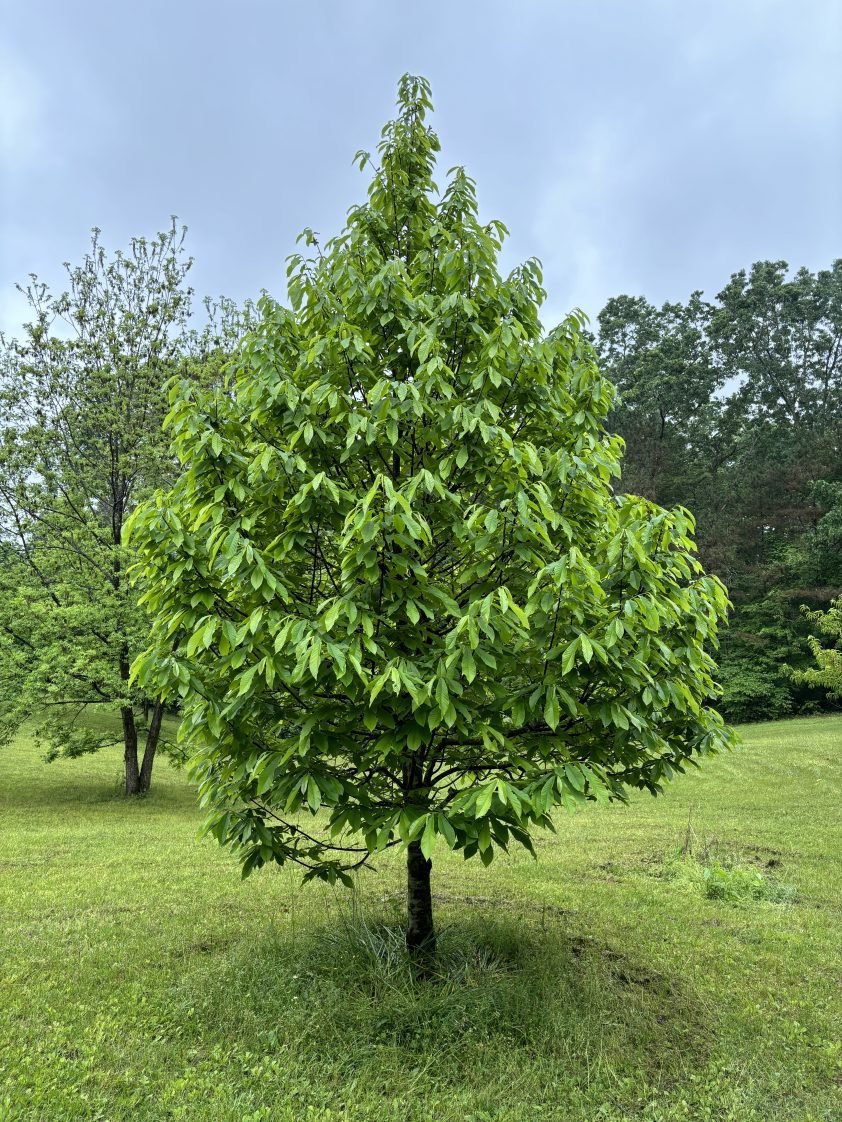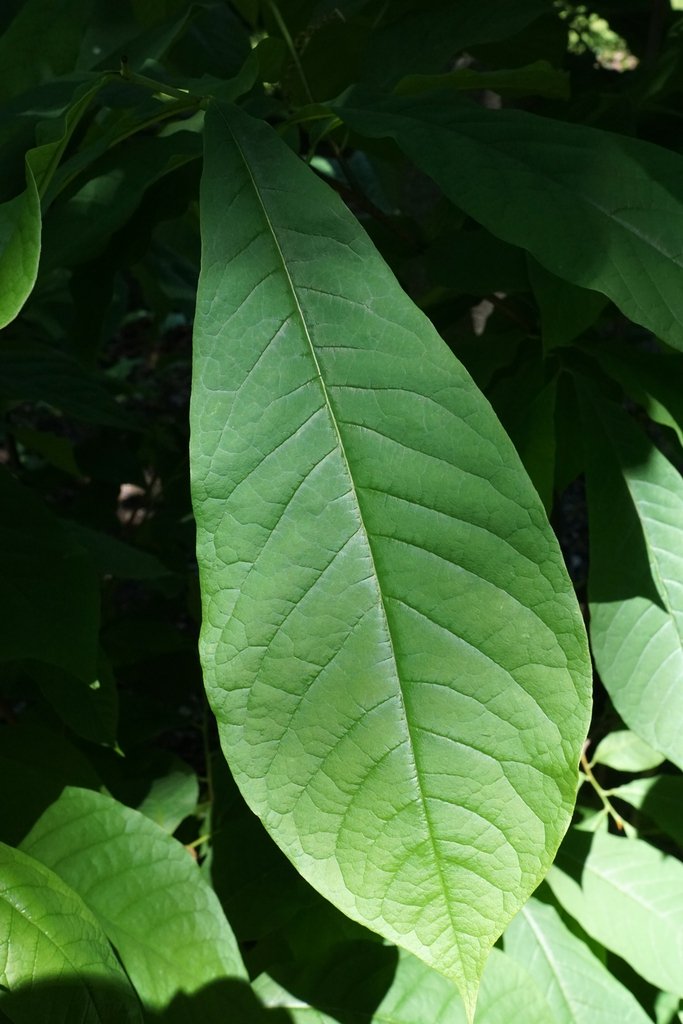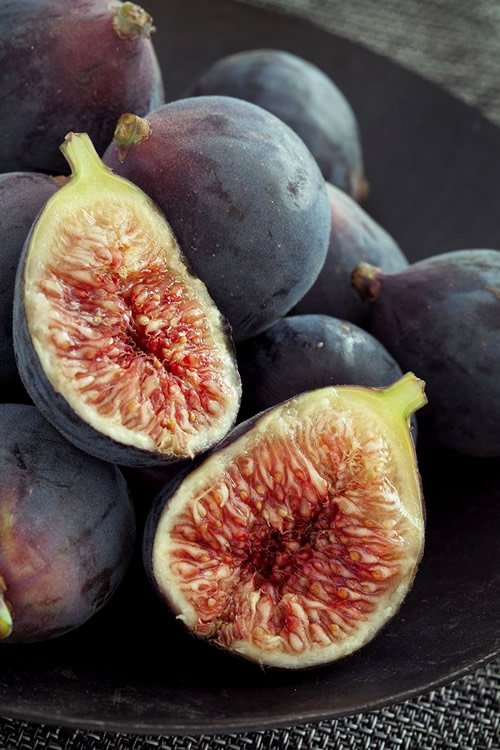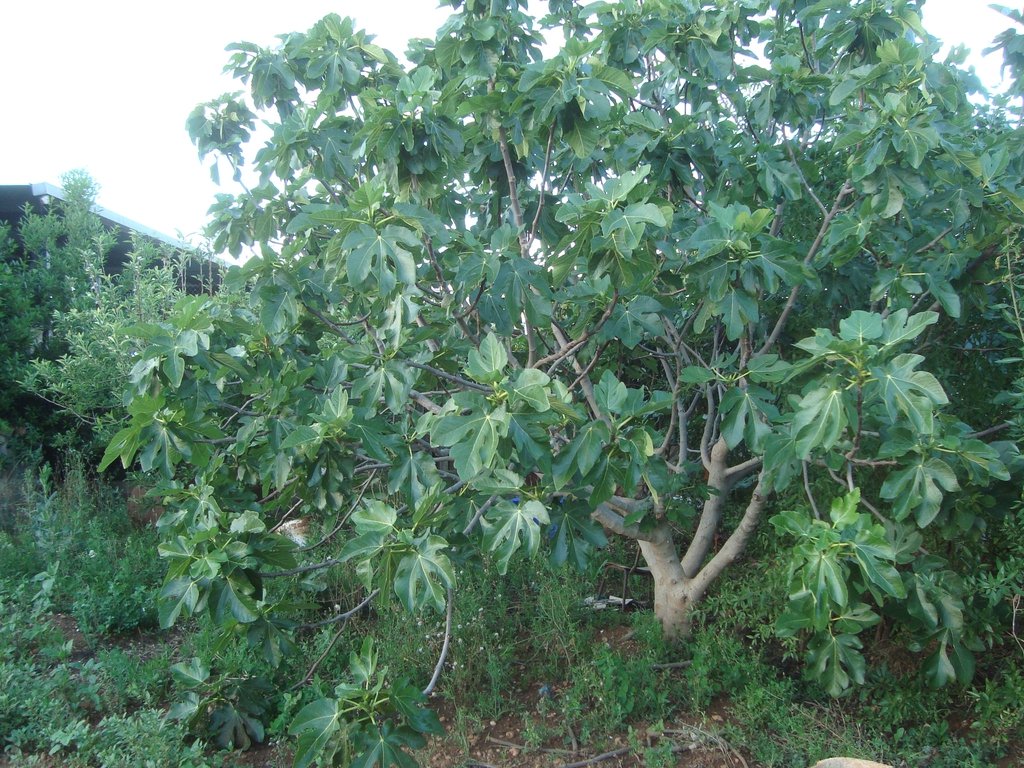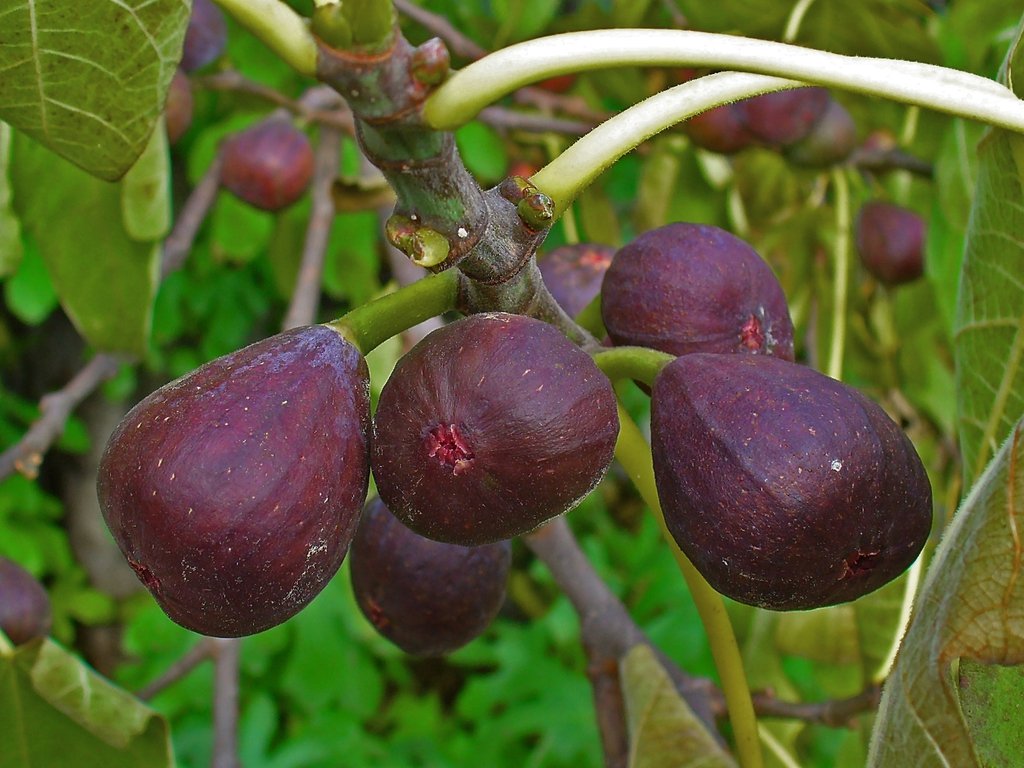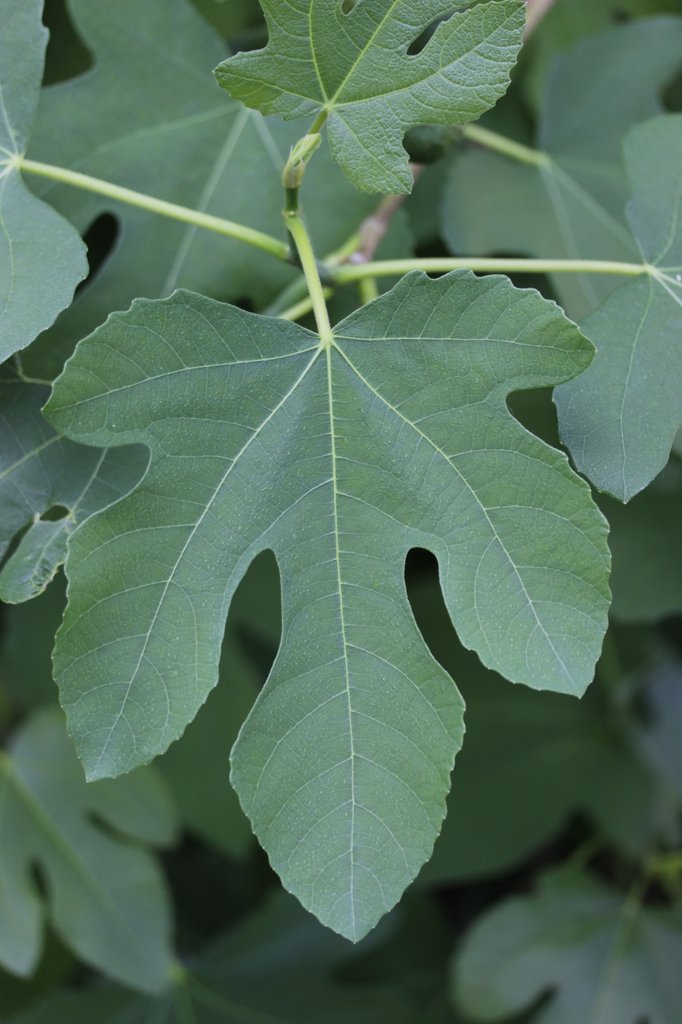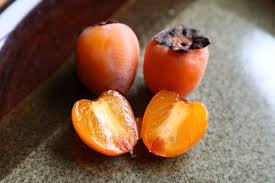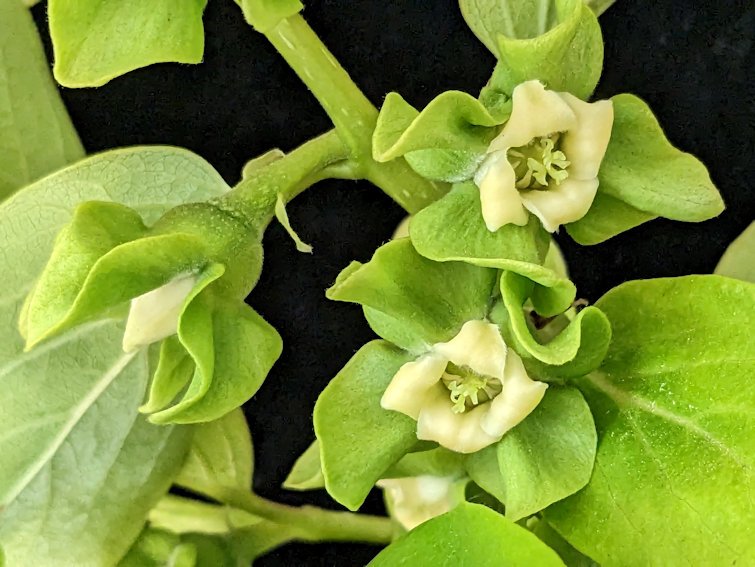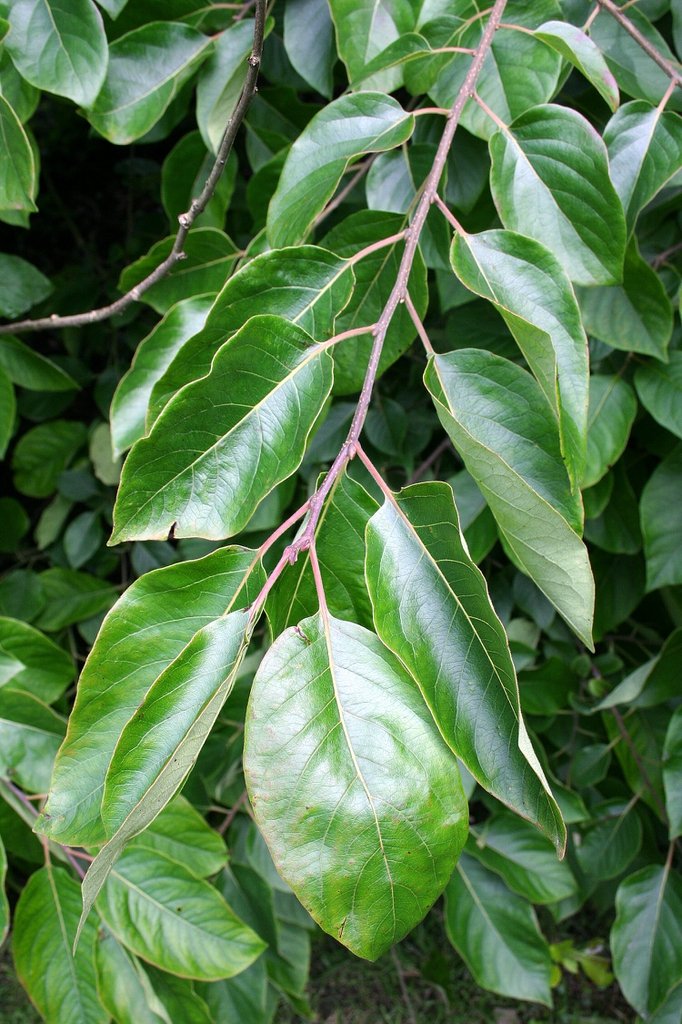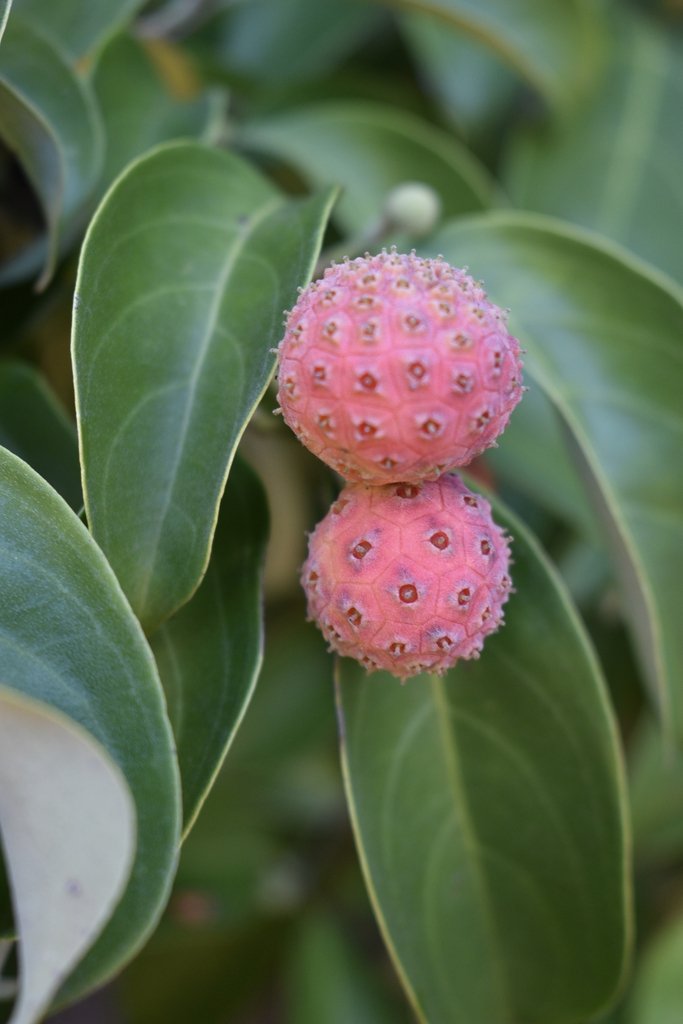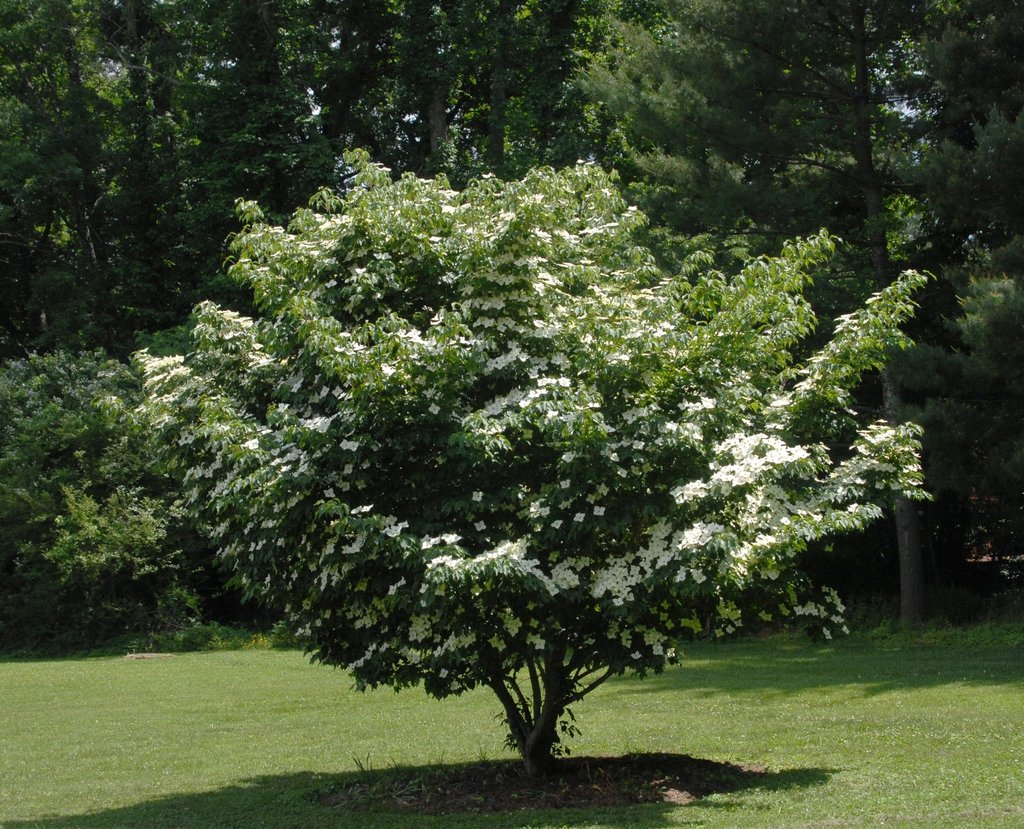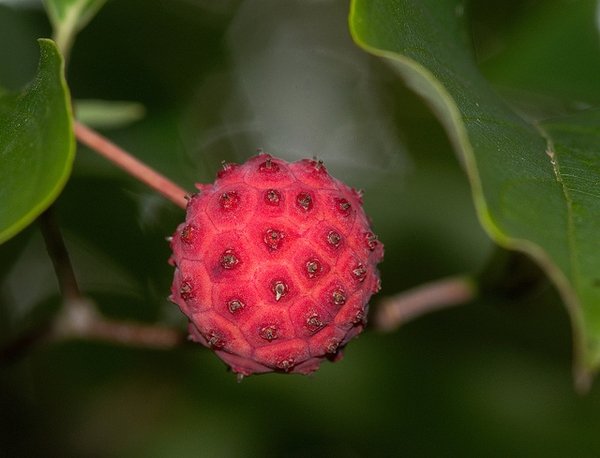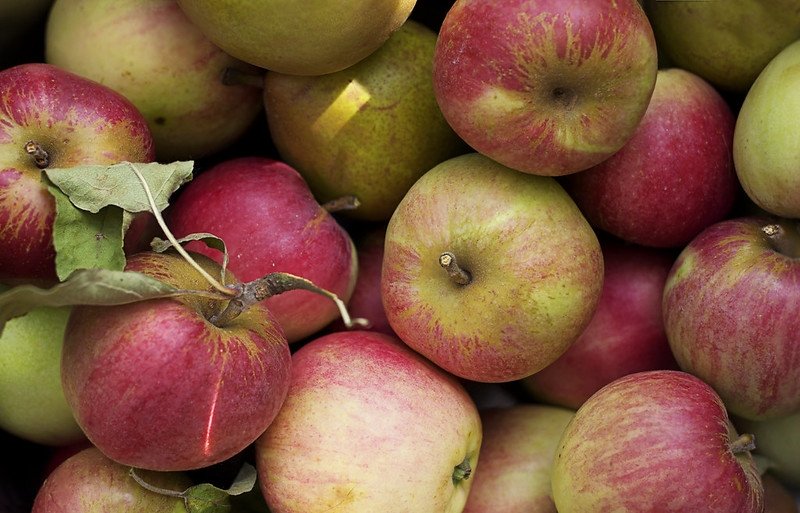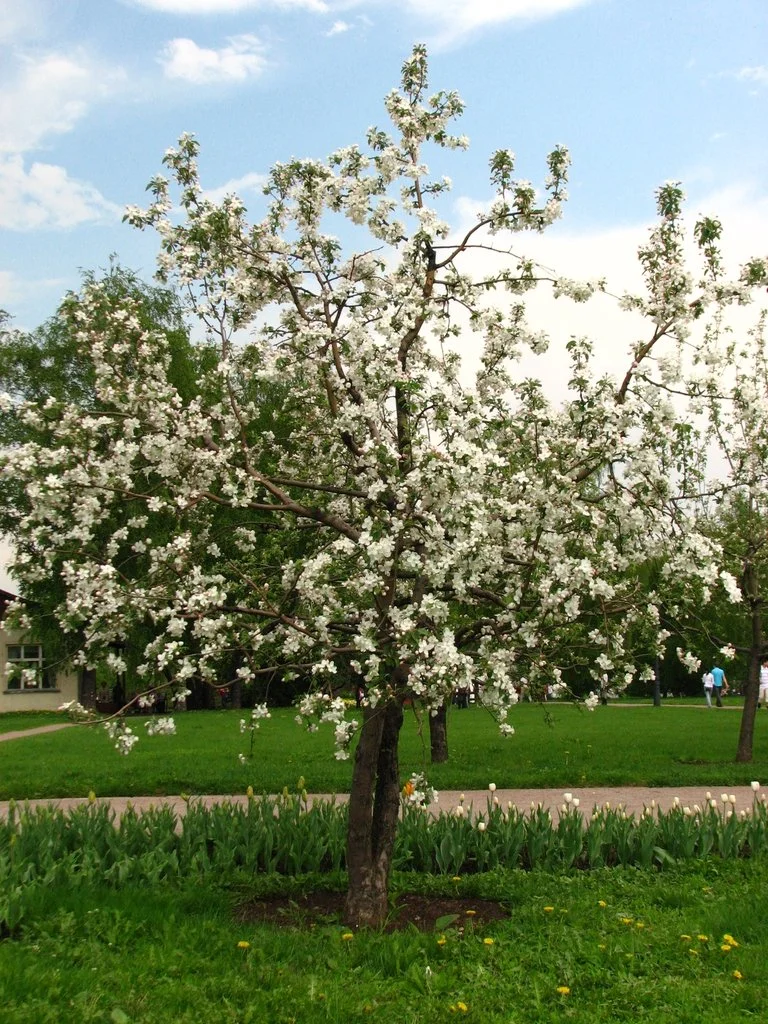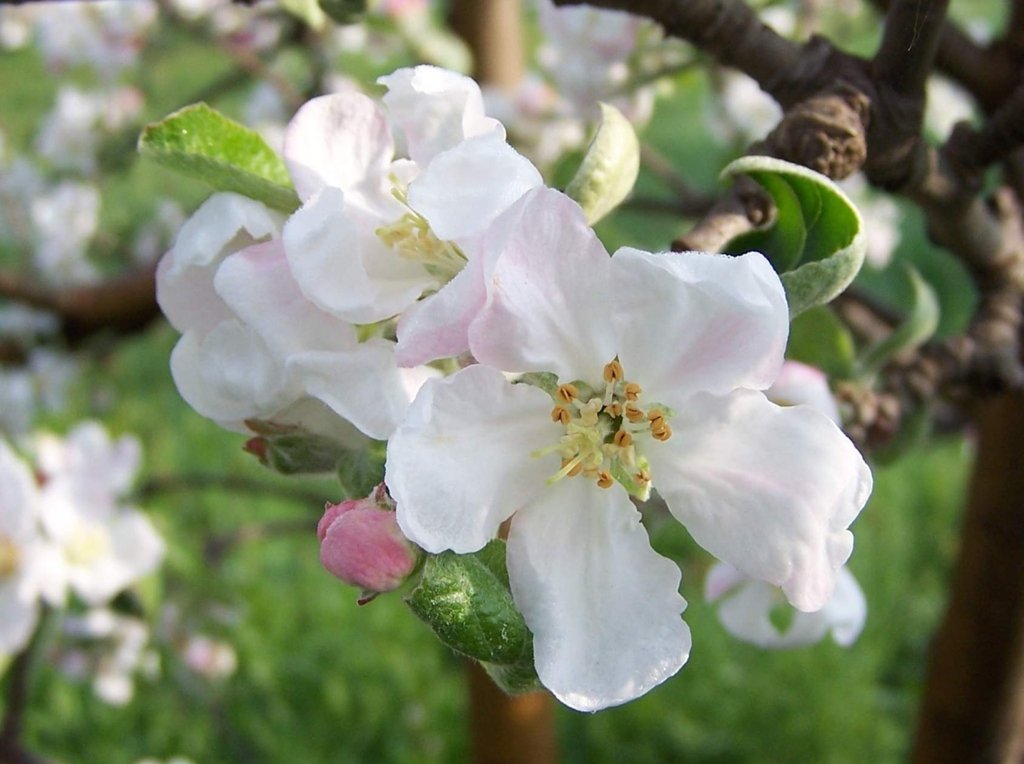Pawpaw
The Pawpaw is a native fruit tree with incredible custard-like, tropical-flavored fruits resembling a cross between mango and banana. Growing 15-30 feet tall, it thrives in full sun to partial shade. Pawpaws are highly nutritious and unique fruits, and make an excellent addition to edible landscapes.
The Pawpaw is a native fruit tree with incredible custard-like, tropical-flavored fruits resembling a cross between mango and banana. Growing 15-30 feet tall, it thrives in full sun to partial shade. Pawpaws are highly nutritious and unique fruits, and make an excellent addition to edible landscapes.
The Pawpaw is a native fruit tree with incredible custard-like, tropical-flavored fruits resembling a cross between mango and banana. Growing 15-30 feet tall, it thrives in full sun to partial shade. Pawpaws are highly nutritious and unique fruits, and make an excellent addition to edible landscapes.
Pawpaws are unique, tropical-looking trees native to the eastern United States, producing creamy, custard-like fruit with flavors reminiscent of banana, mango, and melon. These small trees grow 15-30 feet tall, thriving in rich, well-drained soil and partial to full sun. In spring, pawpaw trees boast deep purple, almost black, bell-shaped flowers, followed by clusters of green fruit that ripen in late summer to early fall.
Pawpaws have a rich history of cultivation by Indigenous peoples, who prized them for their high nutritional value and versatility. This understory tree is well-suited to riparian environments, where it thrives in moist soils, but it also adapts well to home gardens and is very resilient.
Today, pawpaws are gaining recognition as a unique and nutritious fruit. They are high in vitamins A and C, magnesium, and potassium, and their creamy texture makes them perfect for eating fresh or using in desserts, smoothies, or preserves. The tree itself is a striking ornamental, with its large, drooping leaves lending a tropical aesthetic to the landscape. Pawpaws are also a host plant for the zebra swallowtail butterfly, making them an excellent choice for wildlife-friendly gardens.
Zone Range: 5-9
Sun Requirements: Partial sun to full sun
Size at Maturity: 15-30 feet tall, 15-20 feet spread

